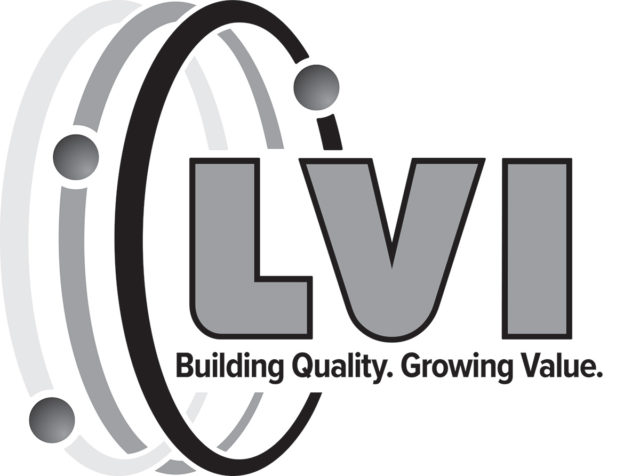International, national and regional financial services companies with a stake in the dairy industry share similar outlooks heading into 2017: Recovery is on the way, with strong ties to global markets.
Rabobank: Milk supply challenges surfacing
In its final Dairy Quarterly of 2016, Rabobank’s Food & Agribusiness Research (FAR) and Advisory group notes that milk production in most major dairy exporting regions has dropped off dramatically, with milk volumes “severely challenged” in Oceania and Europe. The lone exception to the production downturn was the U.S., which is compensating for shrinking global supplies.
With domestic demand continuing to strengthen in the U.S. and Europe, global dairy product inventories available for export are reduced, sending prices sharply higher.
The current milk price rally has further upside to come, with demand outpacing any supply growth until the second half of 2017.
The financial recovery may also not be equal across all product categories. Butterfat prices are rising more sharply than protein, supporting butter and cheese prices. However, the European Commission has decided to start selling intervention stocks of skim milk powder, and U.S. marketers seem willing to offer discounts to get rid of inventories.
Rabobank projects U.S. milk production will grow about 2 percent in 2017, thanks in part to low feed prices. Although the U.S. will be the only export surplus market, it may face some headwinds, however. Rising commodity prices combined with further strengthening of U.S. dollar could challenge U.S. export volumes due to affordability issues.
China is expected to be an active player on the global market due to poor domestic production and low product inventories to start the year. With new low-tariff windows opening, they will lean heavily on New Zealand and Australia. New Zealand saw depressed peak production which could drive overall seasonal output down by about 6 percent. Australian output is down about 10 percent so far this season, but a break in rainfall allowed for a good silage harvest.
In South America, Brazil and Argentina saw declining production, with Brazil showing the most potential for recovery.
Most major milk production areas of the European Union (EU) saw declines, and Dutch cow numbers are expected to fall by as many as 170,000 head in 2017 due to environmental regulations. Some of those animals could end up in Poland or the United Kingdom.
CoBank: Capacity, innovation needed
After a few years of significant challenge, the outlook for U.S. milk producers is beginning to improve, according to Ben Laine, senior economist at CoBank.
Citing CoBank’s “Future of the U.S. Dairy Industry Hinges on Exports” report, Laine said milk prices are poised for modest improvement in the years ahead thanks to new export opportunities and gains in processing and production efficiency. Evidence of farm expansions in CoBank’s markets mean dairies are banking on the future and global growth.
Adding to CoBank’s cautious optimism, Laine said the U.S. dairy industry is poised to benefit from overseas demand.
Immediate challenges facing the U.S. industry include: processing capacity has not kept pace with milk production; the need for product innovation, and adaptation to changing tastes, including consumer demand for fewer ingredients and “clean” labels, Laine said.
Although strong, domestic demand is expected to remain flat and unable to keep pace with milk production growth. That makes the export market more critical, Laine said. Despite high prices, the U.S. will have to capitalize on its reputation as a safe and reliable supplier.
”Barring any substantial erosion in margins or other unforeseen shocks, milk prices and demand should improve modestly in the coming years,” Laine said. “Markets will be defined by continually increasing milk supply which will need to find ways to meet evolving demand in the U.S. and emerging demand globally. Success will hinge on the ability to balance innovation in domestic products with responsiveness and competitiveness abroad.”
Farm Credit East: Lack of successors
The shifting global supply and demand trends that started in 2016 will continue into 2017, but dairy price recovery will likely be slow and incremental through the first half of the year, according to Chris Laughton, director of Farm Credit East’s Knowledge Exchange. Price increases could accelerate later in the year, although its unlikely the industry will see the market peaks of 2012 or 2014 recurring anytime soon.
In the Northeast, lack of family business successors for retiring farmers could lead to more consolidation, as land and assets remain part of the dairy industry but in the hands of fewer producers.
“That consolidation doesn’t mean, however, the door is closing to opportunities for small and mid-sized dairy operations,” Laughton said. “In fact, some of the smaller herds in the 2015 Northeast Dairy Farm Summary were profitable, especially on a per-unit basis. Sustaining a profitable small or mid-sized dairy farm has its unique challenges, and many of these farms are meeting those challenges by improving efficiency or serving niche markets.” ![]()

-
Dave Natzke
- Editor
- Progressive Dairyman
- Email Dave Natzke






